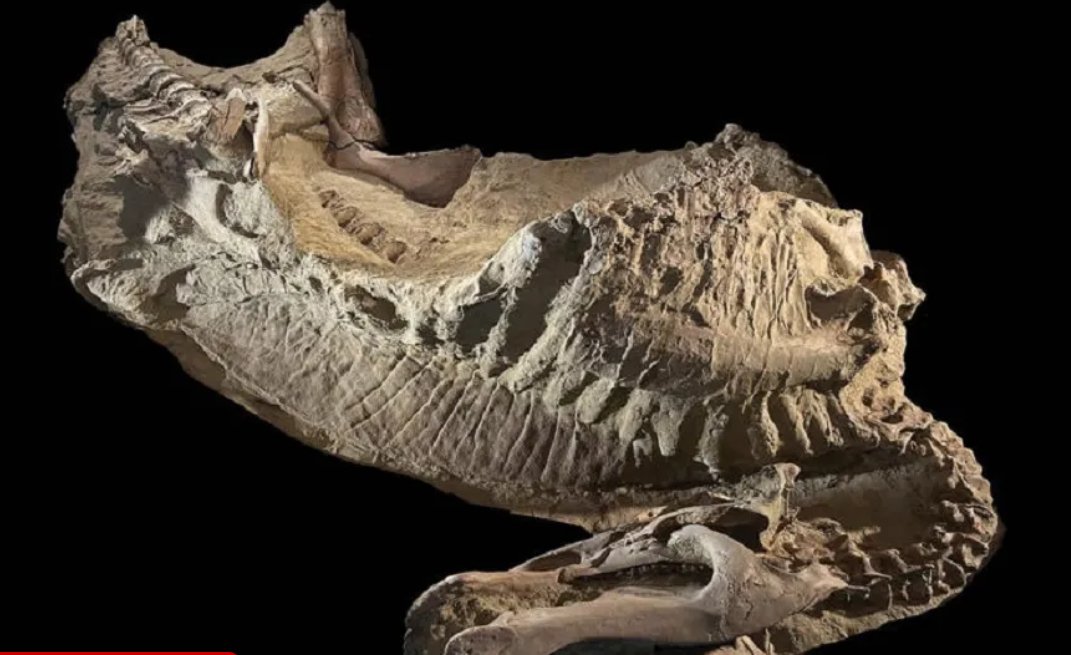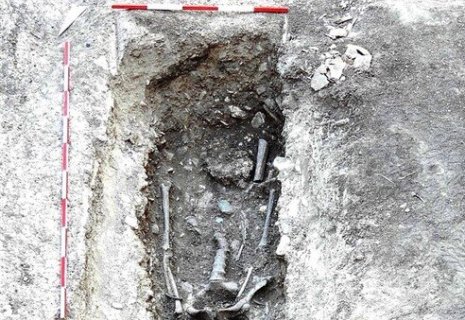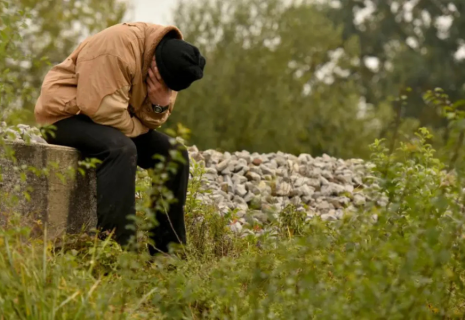
Scientists discover rare mummified dinosaurs in Wyoming
Researchers have uncovered a pair of eerie dinosaur “mummies” that appear to have been preserved in an unexpected manner, CE Report quotes Kosova Press.
These fossilized remains differ from the wrapped mummies of ancient Egypt or the naturally preserved human remains found in bogs and deserts. The so-called dinosaur mummies are so ancient that their skin and soft tissues have fossilized over millions of years. Scientists study these rare specimens—along with dinosaur bones—to reconstruct what these prehistoric creatures might have looked like.
Scientists have been discovering mummified dinosaurs for more than a century. Some were buried rapidly after death, while others sank in water or dried out in arid environments. Many of these discoveries, including a duck-billed dinosaur mummy found in 1908, come from Wyoming, USA.
In a new study, researchers returned to this so-called “mummy zone” and uncovered new remains — including a juvenile duck-billed dinosaur that was only a few years old when it died.
“This is the first truly mummified young dinosaur ever found,” said Paul Sereno, a paleontologist at the University of Chicago involved in the discovery.
Surprisingly, the newly found mummies seem to have been preserved without fossilized skin. Instead, the creatures left impressions of their skin and scales in a thin layer of clay that hardened with the help of microbes.
This type of preservation has been seen in other organisms, but scientists previously didn’t think it could happen on land. Sereno noted that other mummified dinosaurs found in Wyoming may have formed in a similar way.
Researchers used these clay molds to create a clearer picture of what duck-billed dinosaurs looked like when alive — including tail spikes and hoof-like feet.
The findings were published Thursday in the journal Science.
Understanding how dinosaur mummification occurs could help scientists identify and preserve more such fossils in the future — not just bones, but also traces of skin and soft tissue that often go unnoticed or are destroyed.





















